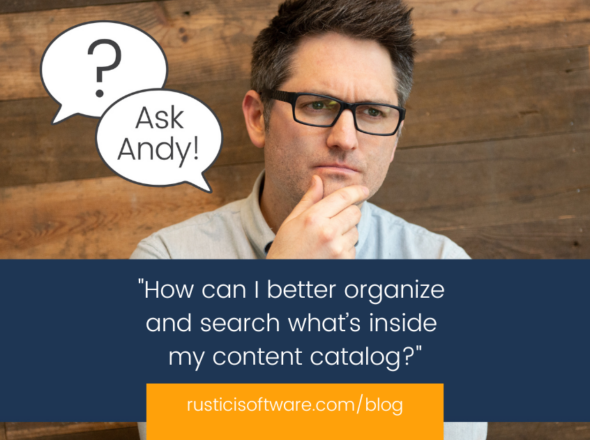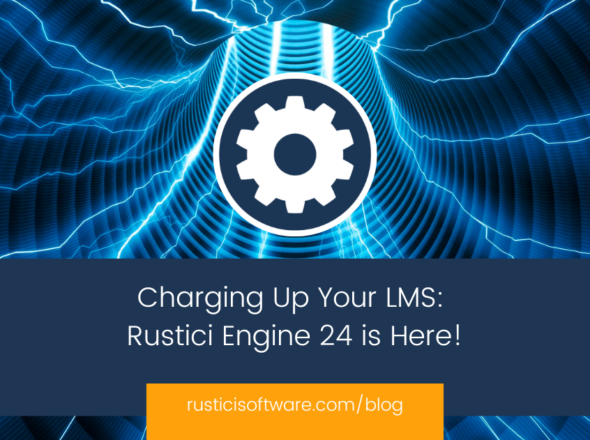Video is arguably the fastest growing content type in the eLearning ecosystem. The advantages of incorporating video into your L&D program are numerous. From deep dives to microlearning, video is being used to effectively supplement formal eLearning courses with engaging content. And as more tools become available, it is increasingly easier and more affordable to create video content.
We know that video support in LMSs and LXPs is in high demand, as it’s one of the most common questions people pose when they ‘ask us anything.’ And because we see similar inquiries every day, we’ve provided recommendations on ways to “wrap” or convert a video into a SCORM package before importing into a learning platform. It’s a pretty cumbersome workaround, and that inspired us to think about a better way to solve the problem of managing video content in an LMS.
By the end of this summer, Rustici Engine will be able to handle the import, play and track .mp4 video files and .mp3 audio files using the same APIs that handle SCORM, AICC, xAPI and cmi5 courses. On the tracking side of things, all of the run time data will be stored in the Rustici Engine database alongside other training records so you have a single source of truth for all learner records. Additionally, you’ll also get some xAPI-based tracking for how learners interact with the content, which can be easily shared with third-party applications. This is a pretty big deal. It’s the first non-standards based content that Rustici Engine supports.
Whether you’re tasked with adding support for microlearning or want an elegant way to handle video content in your LMS, Rustici Engine is here to help you serve your customers better. This is part of our broader strategy to support baseline functionality across all learning systems, especially for things end-users are telling us that they expect in an LMS or LXP. Let us handle ensuring your clients have a way of capturing video learning experiences with Rustici Engine, and reach out if you’d like to learn more.


